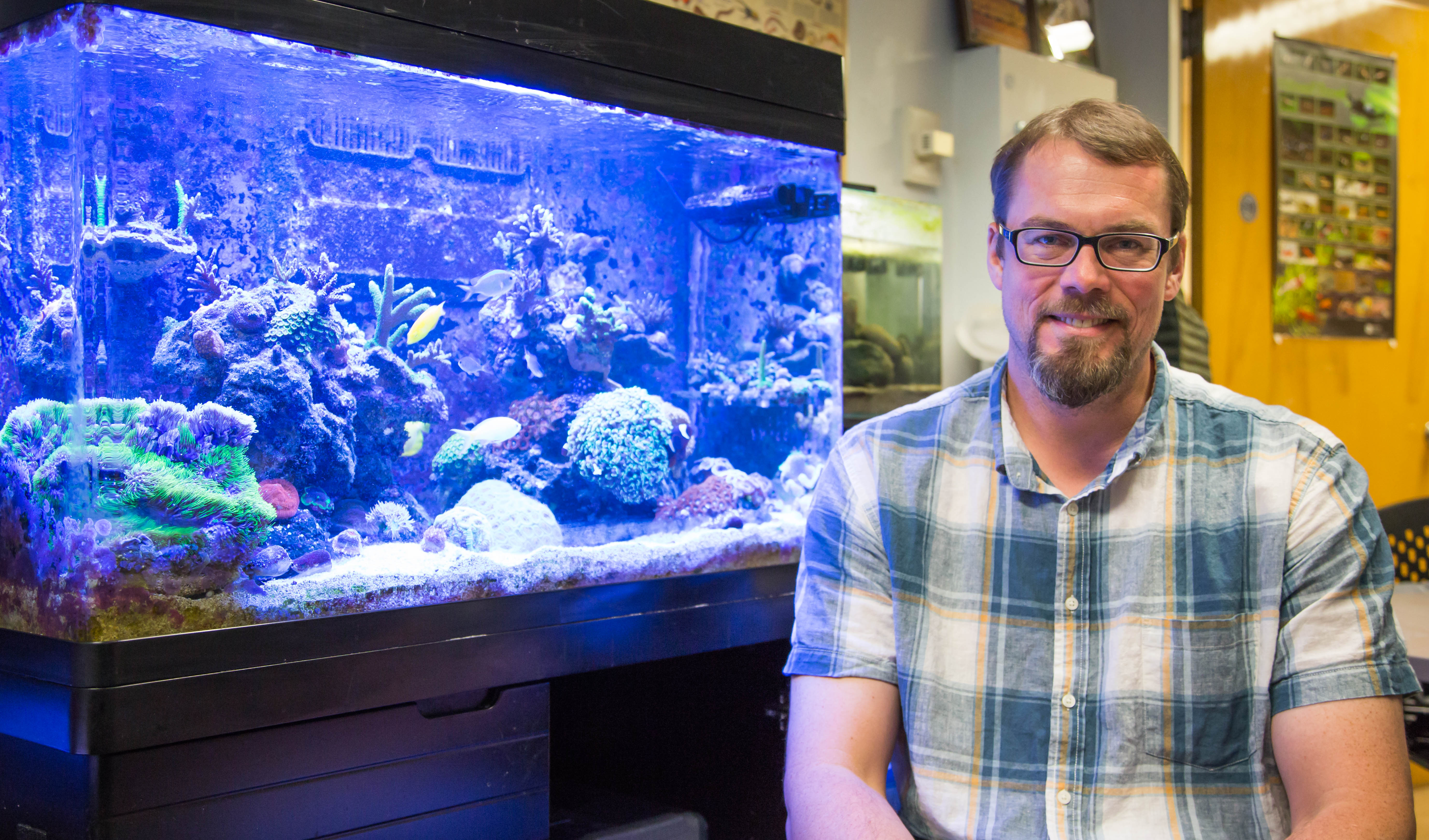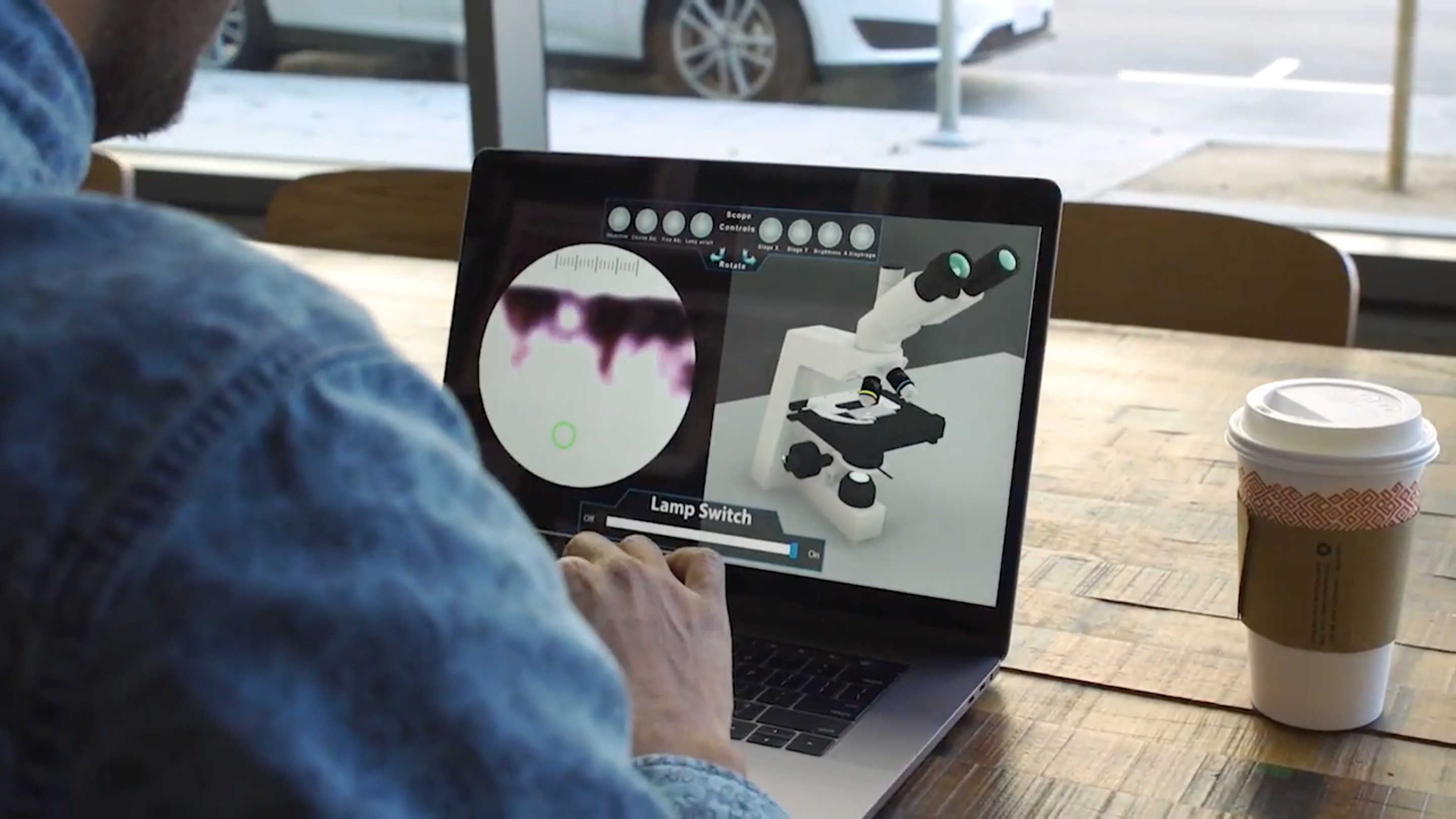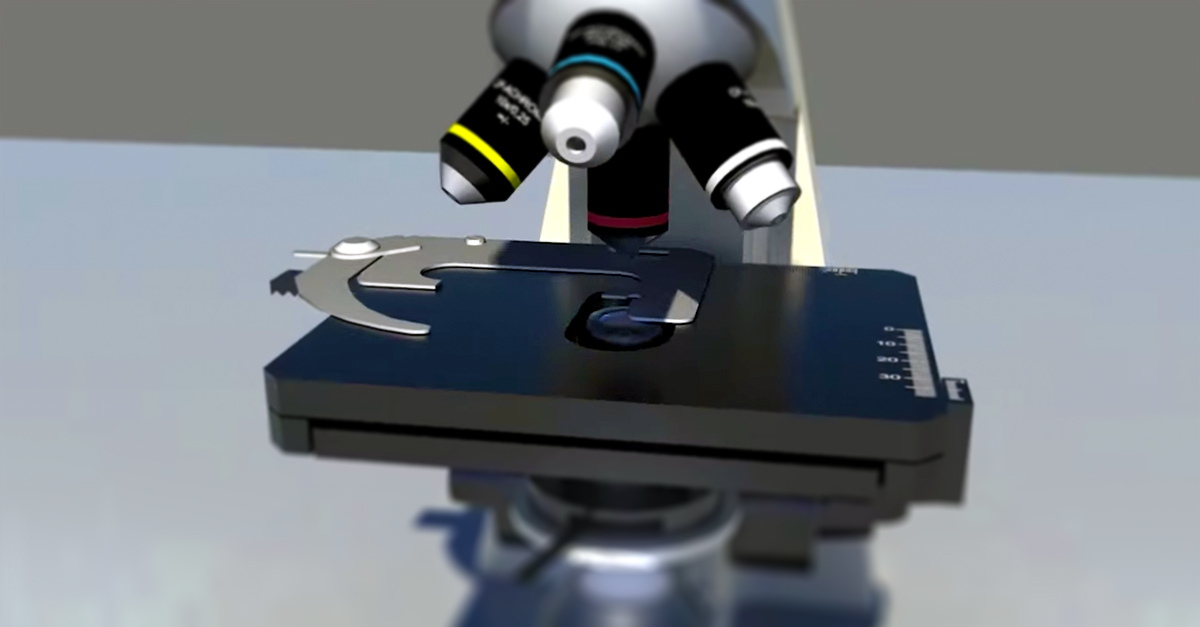WOW Award: Oregon State University’s Virtual Microscope for Distance Students
Published by: WCET | 9/21/2017
Tags: Managing Digital Learning, Online Learning, Virtual/Augmented Reality, WOW Award
Published by: WCET | 9/21/2017
Tags: Managing Digital Learning, Online Learning, Virtual/Augmented Reality, WOW Award
This year I had the exciting opportunity to coordinate our WCET Awards initiative. The most valuable aspect of this initiative was the chance to learn about the meaningful, student-focused work being done by various institutions and organizations in higher education. The WCET Outstanding Work (WOW) Awards honor member institutions and organizations that develop technology-based solutions to challenging educational needs. 
I am pleased to announce the winners of the 2017 WOW awards: University of Central Florida, Blackboard Inc., Oregon State University Ecampus, and Healthcare Learning Innovations, a division of American Sentinel University.
Over the next several weeks, each of these institutions will be featured here on WCET Frontiers.
Today, we welcome Oregon State University Ecampus to discuss their award winning 3D Virtual Microscope. Congratulations to OSU Ecampus and thank you for your work to increase student success!
Enjoy the read and enjoy the day,
~Lindsey Downs, WCET
It was a fundamental question in search of a much-needed answer: How can distance students taking introductory biology courses online truly learn to operate a microscope without being in a physical laboratory?
The simple answer was that they couldn’t.
Students could buy a compound microscope to use at their homes, but with costs ranging from $50 for the cheapest ones on the market to well over $1,000 for the advanced variety, it was an untenable solution.
They could enroll in a campus-based course at their local college and use its labs. Commuting to and taking a class on campus, however, would further drain adult learners of their most valuable and fleeting resource: time.
The ultimate cost was that the lack of a sufficient, interactive online lab experience delayed and, in some cases, prevented many students from completing their degree requirements.
Those days, thankfully, are over.
Oregon State University now offers a series of three biology courses online that effectively puts a microscope in the hands of every distance learner. Believed to be the first virtual microscope of its kind, this academic breakthrough is the result of a partnership between OSU’s Department of Integrative Biology, the Department of Botany and Plant Pathology, and Oregon State Ecampus, the university’s online education division.
The groundbreaking lab series recently won a WCET Outstanding Work (WOW) award, given to institutions that “implement exceptionally creative, technology-based solutions to contemporary challenges in higher education.”
It was a significant challenge. But trying to do something that’s never been done before is Oregon State’s comfort zone.
Here’s the Reader’s Digest version of what it took for Oregon State to create the virtual microscope experience and, thus, eliminate a significant barrier to degree completion:
 Dr. Andrew Bouwma and Dr. Genevieve Weber are the faculty members who piloted the development of the lab series. The end goal was not just to increase access to education but also to make that educational experience rigorous and engaging. The comprehensive development process was necessary to ensure the labs meet the same learning outcomes as OSU’s on-campus labs.
Dr. Andrew Bouwma and Dr. Genevieve Weber are the faculty members who piloted the development of the lab series. The end goal was not just to increase access to education but also to make that educational experience rigorous and engaging. The comprehensive development process was necessary to ensure the labs meet the same learning outcomes as OSU’s on-campus labs.
“I teach on-campus and online biology courses, and I wanted to find a way to give my online students the same, meaningful experience my on-campus students receive,” Bouwma said. “I started using the virtual microscope in my online classes immediately, and it’s been an effective tool in my teaching since it allows me to give my students more realistic assignments in cell biology, which I believe improves student engagement.”
The first step in building the virtual microscope was to design a way to replicate the in-person experience in an online, interactive environment. That massive undertaking was tasked to the OSU Ecampus multimedia development team, which pushed the limits of what’s possible in online education.
“I took the exact microscope that the students on campus use, and I measured it down to the millimeter so that I could model the virtual one precisely,” said Ecampus multimedia developer Nick Harper. “Then, using 3-D modeling software, I was able to manipulate basic shapes like cubes and cylinders to build an accurate digital model of a real microscope.”
Then came a year’s worth of animation work, using game development software that would enable students to manipulate all of the microscope’s controls – adjusting the brightness, increasing the zoom, focusing the viewer and so on.  The Ecampus staff then mounted a camera on a real microscope and took photos of slides that were central to Bouwma’s instruction and programmed those images to create the virtual simulation.
The Ecampus staff then mounted a camera on a real microscope and took photos of slides that were central to Bouwma’s instruction and programmed those images to create the virtual simulation.
“Ultimately, we were able to create a solution for students to maneuver a microscope’s settings and adjust the images the same way they would in a face-to-face environment in a lab,” multimedia developer Mike Miller said.
It was a safe bet that the virtual microscope and corresponding online lab courses would be in demand among distance learners, but it has exceeded even Oregon State’s high expectations. Since the series was launched in 2015, OSU has had to add sections for each course in the online series because each one enrolls incredibly quickly.
The virtual experience has not been devoid of hiccups, of course. There have been some challenges with tech support along the way, but luckily the instructors are so familiar with the material and software that they answer questions quickly. Members of the Ecampus multimedia team also have been able to lend a hand when needed.
Oregon State has also added more slides, fine-tuned the virtual microscope’s features as needed. It’s also being used in other Ecampus classes, and it’s been added to the university’s open educational resources (OER) library, giving anyone in the world access to this innovative and, for many, essential tool.
“When I describe this project to others, I tell them that this is the kind of collaboration that all others should aspire to,” said Shannon Riggs, the Ecampus director of course development and training.
“Everything was created based on student need, and that really galvanized all the people who worked on the project. It helped us approach the project with enthusiasm and passion – to boost student success and break down barriers to degree completion.”

Tyler Hansen
Marketing Communications Manager
Oregon State University | Extended Campus
ecampus.oregonstate.edu
